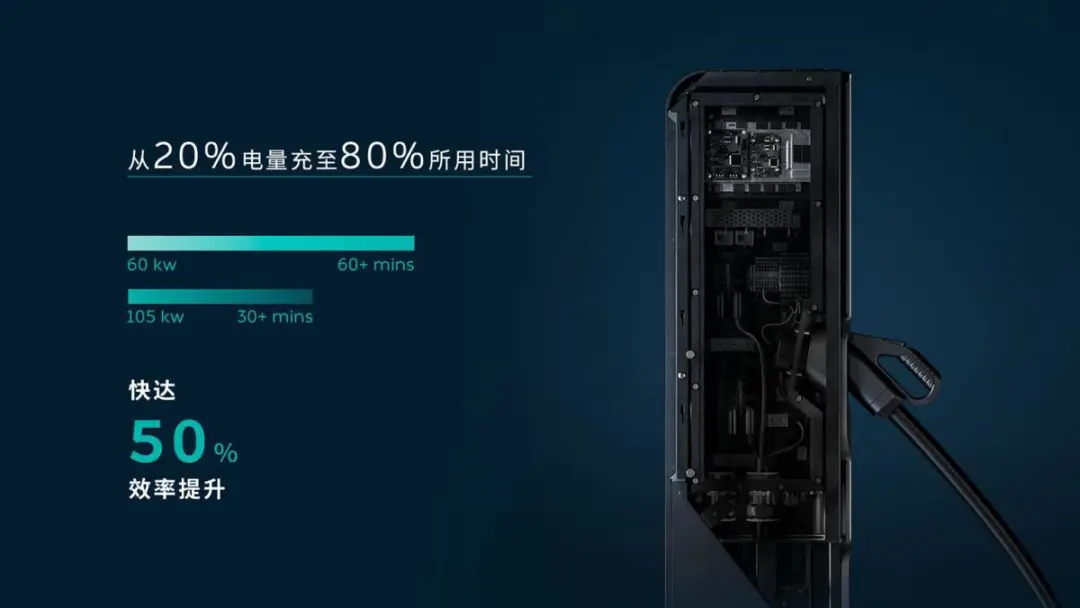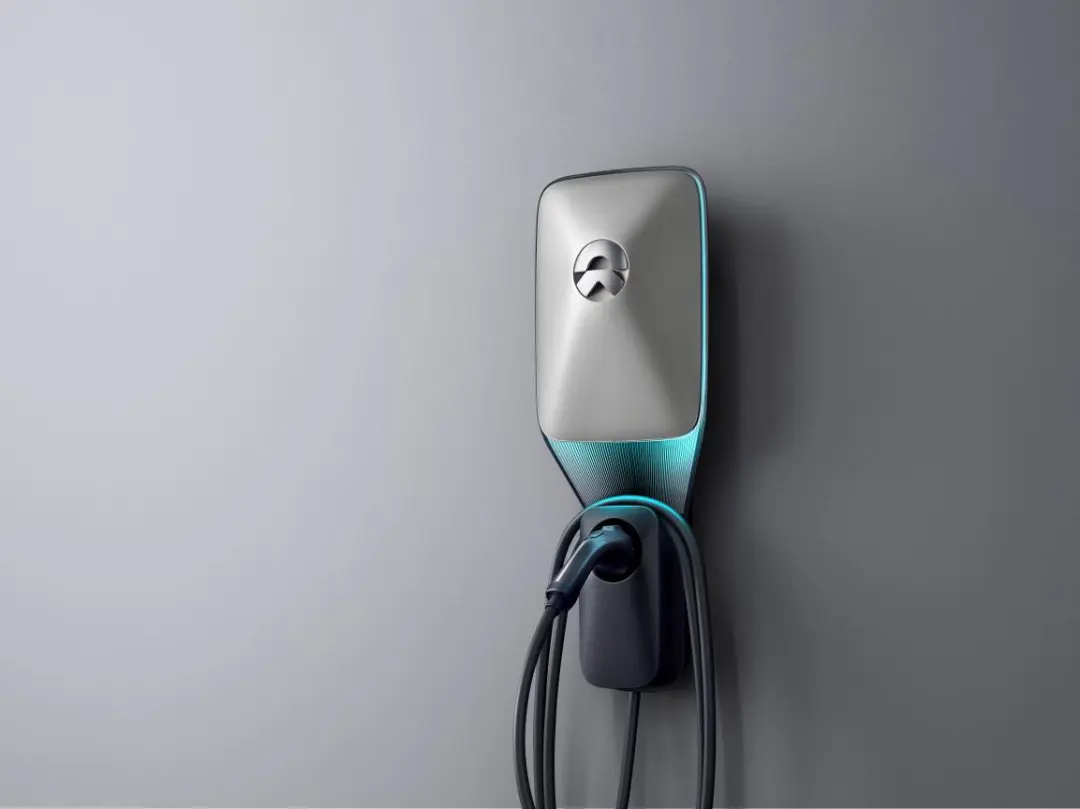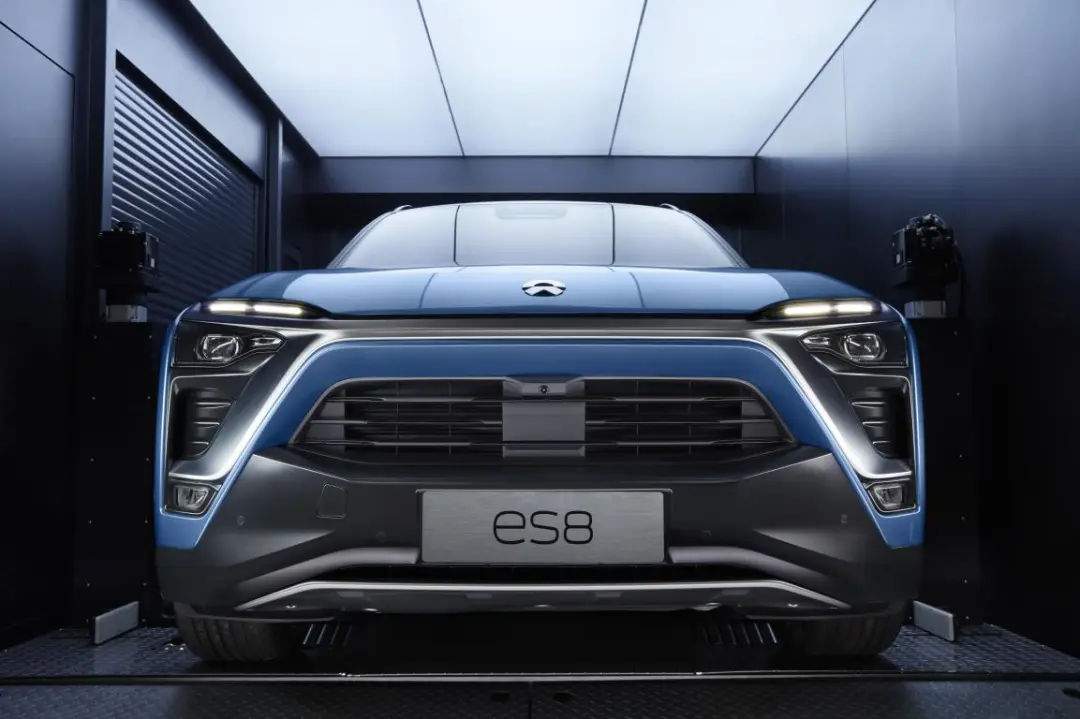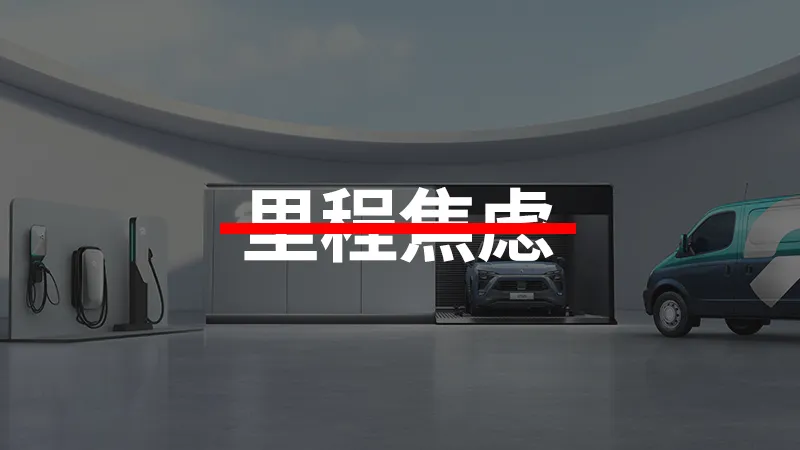In the usage of electric vehicles, range anxiety has always been a central issue, and solving this problem has become one of the primary concerns of car companies because it is the most direct experience perceived by users.
However, each company has its own considerations in choosing a path to solving this problem. Currently, the core issue for consumers when purchasing electric vehicles is still the problem of battery life and charging, both of which reflect the core issue of range anxiety.
From 2014 to now, the continuous improvement of electric vehicle battery technology has brought about an improvement in vehicle range. However, an increase from an average of 300 km to an average of 450 km cannot meet the travel needs of more consumers. In 2020, major car companies have introduced long-range models, and an increasing number of electric cars have a range of more than 500 km under NEDC testing.
The improvement in range is good news for consumers, but the problem of charging remains. In addition to conventional charging station setups, NIO Power, an innovative electric energy service system based on mobile internet, adopted by NIO, is the world’s first mobile charging solution with “rechargeable, interchangeable, and upgradable” as its core feature.
In addition to the improvement of vehicle battery technology, increasing user service output is an important way to solve user experience issues. NIO is one of the few new car companies that puts solving the user experience of charging and swapping at the same strategic level as car manufacturing itself.
On March 27, 2020, at the NIO media communication meeting, NIO Power’s latest progress was demonstrated to the public.
Dr. Shen Fei, Vice President of NIO Power Management, said at the media event: “For real electric vehicle owners, the biggest worry is often whether charging is convenient, and how far can they drive on one charge?”
While range continues to increase, the problem of inconvenient charging has become more prominent. Longer wait times for charging, charging stations occupied by gasoline cars, and incompatible third-party charging stations are among the issues that make the charging process for electric vehicle users more painful.
Currently, most electric car brands still need to rely on third-party charging facilities and the user’s home charging port for recharging, with only a few brands having their own fast charging systems.
From 2017 to now, NIO Power has made some remarkable achievements, summarized as follows:
- NIO now has 25 supercharging stations and 188 supercharging piles, and will add about 50 swap stations in 2020.2. To ensure user experience, NIO Power attendants will update the information of used charging piles to the “NIO Power” APP in real time.
- NIO Power is becoming more and more a platform-type APP, with 60\% of non-NIO brand users using it.
- The “NIO Power” APP has already had more than 200 operators, connecting to the main domestic operators such as State Grid, Star Charge, Techrules, ToPlu, Xiaoju, Xpeng, and Yunfast. It covers 327 cities with more than 300,000 charging piles.
- One-click charging has accumulated more than 300,000 orders, providing services to more than 20 other brand vehicles.
- NIO has upgraded the power of home chargers to 20 kW, but the volume is smaller and smarter.
- Shield, the most powerful battery monitoring platform in the NIO Power system, can monitor the safety of batteries in real-time. Currently, 100,000 batteries have been connected to the system.
- Battery swapping service will be the focus of NIO, with “swapping as the main, supercharging as the auxiliary”. More and more manufacturers will join the battery swapping mode in 2020, and the battery swapping will explode. The daily design pressure of NIO’s battery swapping station is 72 times, which can meet the current daily peak demand.
- Battery swapping will be an important strategy. In addition to solving consumer user experience, it will also solve the problem of residual value and battery attenuation. Dr. Shen Fei also said that the future ideal car purchase is to buy a car without a battery, and the battery is rented for however long it is used. When selling a used car, only sell the car (without the battery).
- A 100-degree battery replacement plan will be released in the fourth quarter of 2020.
- In the future, battery swapping stations will be upgraded multi-faceted, without lifting vehicles, equipped with rest rooms, and some will be equipped with supercharging piles to solve various experiences. Battery swapping station 1.0 and 2.0 will run in parallel, but will continue to be upgraded and updated.
- The battery swapping station will not only have old batteries that have been swapped out, but also new spare batteries. After the release of the 100-degree battery, 70-degree, 84-degree, and 100-degree batteries will be used in parallel, but 70-degree batteries will gradually be retired.
- After the popularization of 84-degree batteries, 70-degree users can freely swap to an 84-degree battery without software locking. The priority is given to ensure that users can use it freely, but users will be reminded of free usage time. As long as they are returned in a timely manner, no fees will be charged. (This is the correct corporate values that should be held.)
- As of March 2020, NIO has established 123 battery swapping stations, covering 51 cities, with more than 17,000 battery-swapped vehicles and a battery swapping penetration rate of 48.7\%.
The advantages of battery swapping mode are gradually emerging

Actually, as can be seen from above, in addition to enhancing the battery technology, NIO’s unique moat is the battery swap service system to solve consumer range anxiety. Comparatively, fuel cars have an average tank capacity of only about 55 liters, but fill-ups eliminate range anxiety. The importance of swapping batteries is to change the anxiety caused by running out of battery and having nowhere to recharge.
Initially, the market was pessimistic when NIO launched its battery swap service due to high construction and operation costs, which were not the optimal choice for NIO, a company that had been short of funds. However, NIO’s deep thinking about user services gradually revealed the advantages of this model.
As a cornerstone of NIO Power’s “rechargeable, replaceable, and upgradable” intelligent energy supplement service system, NIO’s “battery swap” system not only improves energy supplement efficiency but also eliminates concerns about the depreciation of electric vehicles caused by battery performance degradation. This will help increase the valuation of used cars.
Based on the battery swap system, NIO can meet users’ travel needs by upgrading the battery capacity every year. Users can choose a permanent upgrade or flexible upgrade based on daily or monthly fees, thereby always enjoying the technological dividend brought by battery technology development.
As Dr. Shen Fei said, it is more beneficial than harmful for consumers. Battery degradation and residual value have always been potential consumer risks for electric vehicles. If in the future, consumers only need to buy the vehicle itself, and batteries are rented on a daily or monthly basis, then the battery will no longer be the core factor affecting the residual value of used cars, because used car buyers only purchase the vehicle and not the battery.
Moreover, due to the large proportion of battery costs in the total cost of electric vehicles, with the support of the battery swap system, NIO is more likely to reduce users’ initial purchase prices through business innovation, which is helpful in changing the competitive pattern between electric vehicles and fuel cars.
Continuously developing the advantages of the battery swap mode, NIO will continue to deepen its market layout and technological accumulation. As of March 2020, NIO has landed 123 battery swap stations, covering 51 cities, with more than 17,000 battery swap vehicles. Since the launch of the free battery swap service, the cumulative number of battery swaps has exceeded 370,000 and the battery swap penetration rate has reached 48.1%. In other words, nearly half of NIO’s users have used the battery swap mode, which is essential for changing users’ mental perception.
As of the end of February 2020, NIO has possessed over 1200 patented technologies related to battery swapping. In addition, NIO has participated in the formulation and revision of 17 industry standards related to battery swapping, including 4 Chinese national standards (GB) and 10 Chinese energy industry standards (NB), which cover the entire requirements for battery swapping system design, battery swapping station construction and installation, replaceable battery packs, battery swapping equipment, lock-unlocking mechanisms, connectors, operation and maintenance of battery swapping stations, among others.

NIO Power’s Upgrades in 2020
After building the basic service system, NIO Power, entering its fourth year, has been continuously iterating.
Because NIO has a relatively high exclusive charging station installation ratio in the industry, the 2.0 NIO exclusive charging station to be released this year will bring new power replenishment experience to many NIO users.

The 20 kW exclusive fast charging station released on the NIO Day last year will meet the power replenishment needs of upcoming users with 100 kWh battery. The battery swapping station network will be appropriately expanded and optimized to meet the rapidly growing demand from NIO users.
With the delivery of 100 kWh battery packs in the fourth quarter of this year, realizing the flexible interchange of three types of batteries with 70 kWh, 84 kWh and 100 kWh capacities respectively will also be a key point of NIO Power. However, Dr. Shen Fei emphasized that, in his personal opinion, in the future, there may finally be only two types of batteries in use, and the 70 kWh battery will gradually retire.

In fact, from the above, it can be seen that in addition to focusing on the battery itself, NIO has a unique moat in the charging and swapping service system for solving consumers’ range anxiety. Originally, the market was very skeptical about NIO’s battery swapping service due to the high cost of station construction and operation. However, now it seems that the excavation of this moat is valuable enough to protect NIO.
Q&A Session
Dr. Shen Fei answered some questions:
Q: What are the improvements of the NIO 2.0 exclusive charging station compared with the current home charging station?Shen Fei: For all electric vehicle users, home charging is one of the best experiences, and for NIO, it is also the lowest cost investment for supplementary power. So, we attach great importance to it. Since its launch in the first half of 2018, it has gone through a natural iterative process and has become smaller and smarter. Its power has reached 20 kilowatt-hours, and we call it an exclusive home fast charging pile.
Q: How do you determine if the battery station has the battery that the user wants when they swap the battery? For example, how does an 84-degree user determine if the station has the battery?
Shen Fei: Currently, in the NIO app, users can see whether there are 84-degree batteries in each battery swap station, their current status, and how much power they have left. Half of the battery swap stations already have batteries with 84 degrees, and most stations nationwide will be equipped with them in April of this year.
Q: After the battery is swapped back to the battery swap station, what is the attenuation curve of the battery’s charge and discharge cycles and mileage? Has the impact of battery swapping on vehicle residual value been accurately calculated?
Shen Fei: The residual value has not been accurately calculated because our cars have not yet entered the second-hand car market in large numbers. The battery that has been monitored for the longest time has probably driven more than hundreds of thousands of kilometers, and its attenuation is actually very small, less than 5%.
Q: After the release of the 100-degree battery, three battery specifications coexist. If a user who has a 70-degree battery switches to the 84-degree battery version, will there be a software lock on the battery? Is an additional fee required?
Shen Fei: Technically, there is no problem with the battery lock. Both us and other companies can do it. But personally, I don’t agree with this approach. Because what we want to solve is range anxiety, and if I have installed a battery with a larger capacity on your car, do I have to lock you into a smaller battery and then ask for more money to use a higher-capacity battery?
I think this matter is not so good. From the perspective of systematic efficiency, it is a bit tricky. So, what I hope is that users have a clear demand before the battery swap, specifying how much power they need, and I can swap a matching battery for you through my scheduling capabilities. If on a certain day, there are enough 84-degree batteries at the battery swap station, and a user with a 70-degree battery comes and there are only 84-degree batteries left, I will give you a free swap with an 84-degree battery.
Even if you don’t use it for free for a long time, at least for a day or two, we will definitely go and swap it for you instead of locking you into an 84-degree battery when I don’t have any other batteries available. I can tell you that I will give you free use, even if it is for a day, and then remind you to return it later. Priority is given to a user-centered experience.
Conclusion# The Clearer Picture of NIO Power
The blueprint of NIO Power is becoming clearer and excellent user experience will undoubtedly become one of NIO’s core competitiveness. NIO is one of the few companies that parallelly provide user service and produce cars.
NIO Power is gradually becoming the “Meituan” of the charging field. Although there was a question at the conference on whether NIO Power will spin off from NIO for independent financing and development, there was no positive response. However, it may only be temporary, as it will become a third-party platform to serve more enterprises in the future and spin off is only a matter of time.
After listening to Dr. Shen’s response to the final question, I feel that the values of NIO are positive. They will not refuse to change the battery from 70 degrees to 84 degrees or cause locked batteries, which can alleviate range anxiety.
If more manufacturers join the battery swap market in 2020, it will be good news for consumers, improving the experience and enhancing the residual value of second-hand electric cars. NIO Power’s advantages lie in its flexible services, such as rechargeable, swappable, and upgradable, making electric vehicle travel more enjoyable.
This article is a translation by ChatGPT of a Chinese report from 42HOW. If you have any questions about it, please email bd@42how.com.
